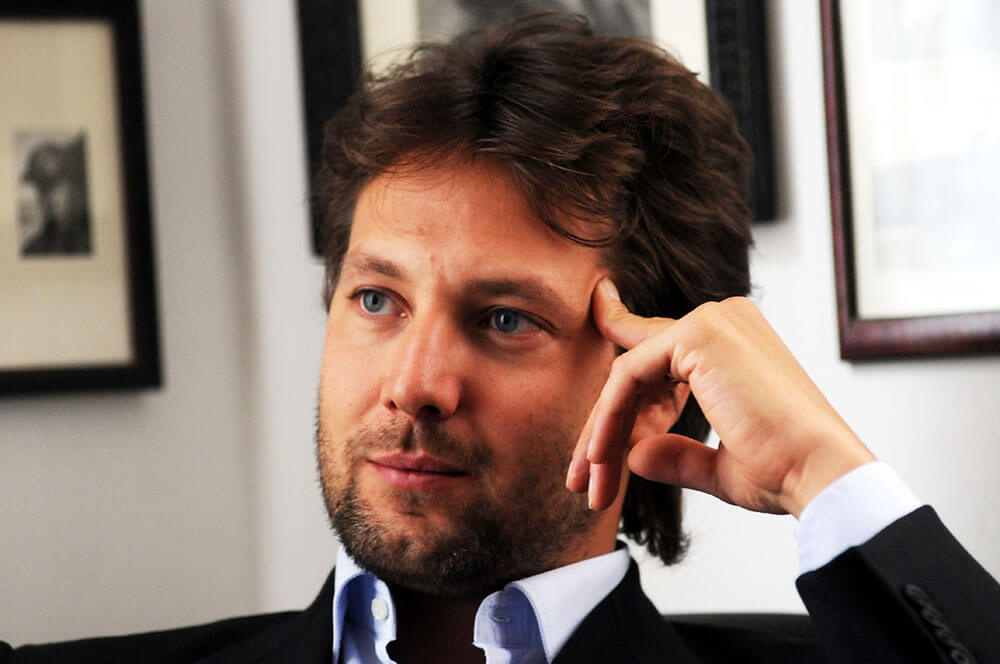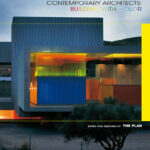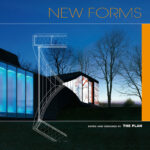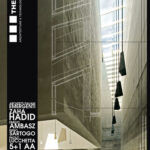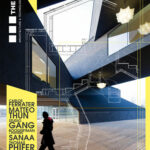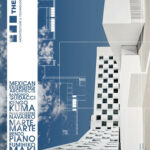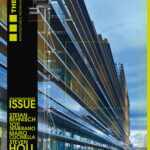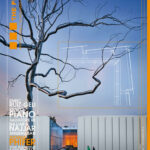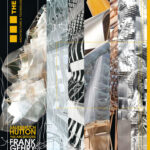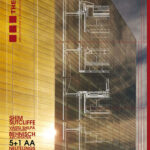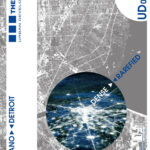ArchiTravel interviews Nicola Leonardi, engineer, founder of THE PLAN, one of the most authoritative architecture and design journals on the international scene.*
Interview by : Maria Anagnostou
Maria Anagnostou: What is the importance of architectural tourism?
Nicola Leonardi: We can start talking about an example, like Bilbao. If you consider that in the late ’90s Bilbao was a sort of forgotten, post, industrial harbor, a town almost neglected by everybody and after the construction of the Guggenheim by Frank Gehry it has become one of the international re-known places for tourism, cultural tourism. At the end, it’s architectural tourism because the major attraction is the Guggenheim itself more than what it shows inside. You can see that architectural tourism is a very strong economical driver, because through architecture you can re-vitalize a city, you can re-vitalize the landscape, you can re-vitalize the economy, you can boost the tourism immensely. So, there is a strong link between architecture and tourism and this has to be considered also from a political point of view as a main potential that a country has.
M.A.: What is the importance of traveling, especially for architects and humans in general?
N.L.: Architects travel a lot for business, for staying informed of what is happening around. For an architect, it is important to travel because this is really what he needs to stay updated, to keep an eye on what is happening, it is important from a cultural and intellectual point of view because you have to keep your eyes open and be aware of what is happening elsewhere in the world, of what your colleagues are doing in order to stay avant-garde, not become old or miss new chances for your business and for your work. It is very important for an architect to travel not only to increase his own business, but also keeping himself updated and from a cultural point of view
M.A.: What is the importance of architectural events worldwide?
N.L.: The World Architecture Festival is a very good example of successful venue, where architects from all over the world gather together for three days of discussion, sharing ideas, showing projects, understanding what is happening almost everywhere in the world, because you were there and you saw that there were architects from really all over the world, not only Europe, but also North America, South America, Middle East to the Far East.
They’ve been successful in launching an event which is important everywhere and the chance of the World Architectural Festival in the media long run is to become a very enlightening event for contemporary, avant-garde architecture and it can grow. This importance is really to say that through this event architects can have a floor, a place, a venue where they can gather together and meet and share so to better understand where architecture and the culture at large is going.
It is a very important event. Barcelona is considered a sort of European architectural capital, so it’s not by chance that Barcelona was chosen. The World Architectural Festival organizer interviewed a lot of architects saying “Where would you like us to have the event?” and Barcelona was the city that was voted from the majority of the architects.
M.A.: You have founded THE PLAN, one of the most authoritative architecture and design journals on the international scene.
How would you characterize modern architecture nowadays?
N.L.: I see a strong change in the tendencies of contemporary architecture. In the last years of the 20th century the so called international style was mainstreamed as it was the high-tech tendency. Nowadays, due to the energetic crisis, the economical crisis, the issue that involves sustainability in all the multi faceted issues is bringing architecture at a much more local scale. To be truly contemporary and avant-garde today, you do not need as an architect to only surprise; you need to stay local, to understand the architecture at a place, to understand the landscape and the environment of the place, to be truly sustainable. This today means to be contemporary.
This is one of the major directions where contemporary architecture is going which doesn’t mean to become traditional or to go back and build as we did in the past. You can do it in a very contemporary way, using new technologies, using new materials or the tools that industry is giving to architects. But, you have to stay aware of where you are to be sustainable.
M.A.: Is the world financial crisis an opportunity for everyone to reconsider the ways that we design and construct the buildings and the urban environment?
N.L.: Of course; when the crisis hit and moneys almost disappeared, it became very clear that to be successful as an architect or as a real estate peripheral or as investor you would have to find the quality with a budget. The projects which have almost undefined budgets are nowadays missing because everyone needs to deal with the budget in order to realize architecture.
This is from the one side. From the other side, quality has become a major issue because investors cannot think of selling whatever they build because the market is growing; the market is shrinking so to be successful you have to give quality to the market. From this point of view, the crisis is not a bad thing because everybody has to rethink completely how to approach the market and, at the end, if this would give to the market a higher quality, it would give up better architecture and, at the end of the day, it could be a very positive process.
M.A.: Italy is a country with great history. Designing a modern building within this context is a complex procedure. Is critical regionalism an approach to modern Italian architecture?
N.L.: Being an architect in Italy is a sort of a mission today because we have an immense amount of ancient architecture which we have to deal with. Architects in Italy very often feel that they are tied up within history so it is very difficult for them to be truly contemporary in such historical environment. Nevertheless, there is contemporary architecture in Italy; there is a new generation of very talented young architects which are struggling to find a way to include contemporary architecture within our historical environment.
There are situations of very successful architecture which are able to find a way to share states with old and ancient architecture together with the new and contemporary one. For sure, being an architect in Italy is more difficult than being an architect elsewhere, but we are finding our way not to be too scared to realize contemporary architecture in our city. We need it because we need to grow, we need to evolve and we need to find the way.
M.A.: Can an architecture magazine influence ordinary people, non architects, to deal with architecture and demand better urban environment? How can this be done?
N.L.: This is a dream because to say that ordinary people can be affected from an architectural magazine it would mean that ordinary people have to read architectural magazines, which I really doubt it happens. Our target is architects, designers, engineers, people involved in the construction process and maybe some of them passionate. It is not an architectural magazine that can affect ordinary people, because even though the science of architecture is a huge science, still is a science. To affect ordinary people we should teach architecture at school which we are not doing now, we should talk more about architecture in television which is not happening, because maybe it doesn’t create audiences, we should talk more about architecture in the newspapers and yet this is not happening. So, an architectural magazine can do a lot, but it cannot do everything.
M.A.: At the end, can you please provide your personal proposal for 10 buildings which you think as the most important worldwide that someone must visit anyway?
N.L.:
- The Guggenheim in Bilbao
- The Getty Center in LA by Richard Meier
- The Therme Vals by Peter Zumthor
- The Foundation Beyeler in Weil Am Rhein by Renzo Piano
- The Foundation Camargo by Alvaro Siza in Brazil
- La Casa da Musica in Portugal by OMA, Rem Koolhaas
If we stay in not so contemporary, but still icons of 20th century:
- The Centre George Pompidou in Paris
- The Naoshima Museum Complex in Japan by Tadao Ando
Maybe Manhattan as an urban area and Chicago, because there you can find the capital letters of contemporary architecture.
* This interview was taken on November, 2010.
Featured Image © Nicola Leonardi
More on : Nicola Leonardi
About this Author : Maria Anagnostou
Work of Nicola Leonardi

